The Story Behind Nature’s Tune Farm: Organic Farming and Sustainability on the California Coast

In this exclusive interview, we had the pleasure of speaking with Rio Patton and Emma Hurley, the passionate founders of Nature’s Tune Farm. Located on the Northern California coast, Nature’s Tune Farm is more than just an organic farm—it’s a labor of love and a community hub.
Rio and Emma share their journey of building the farm from the ground up, the challenges they’ve faced as small-scale organic farmers, and their deep commitment to sustainable agriculture.
They offer a glimpse into their philosophy and the meaningful impact of connecting people with the land and its natural rhythms.
Rio and Emma Organic Farm’s Interview
Hy guys! Can you share the story behind Nature’s Tune Farm? What inspired you to create an organic farm, and what motivates you to continue this journey?
My passion for farming began at an early age, thanks to both my parents and stepparents, all of whom had a ‘green thumb’ in their own ways. As a child, I had many opportunities to practice the basics of farming in our vegetable gardens.
My farming journey officially started over 20 years ago in my coastal hometown of Bolinas, CA. At 16, I took a summer job as a farmhand on my best friend’s family ranch, Fresh Run Farm, working under Master Farmer Peter Martinelli. I enjoyed the work, the mentorship, and the satisfaction that came from cultivating food.
I earned a BS in Range Management and Soil Science from Humboldt State University, which deepened my understanding of the natural world and our responsibility as caretakers. While studying there, I worked several seasons on two more organic farms: the small, student-run Arcata Educational Farm and the larger Wild Rose Farm.
Nature’s Tune Farm started nine years ago when I moved to the rural coastal town of Point Arena, CA. I reached out to landowners in the area and was welcomed by Mitch and Madeline, who allowed me to lease a few acres, and that’s how Nature’s Tune Farm began.
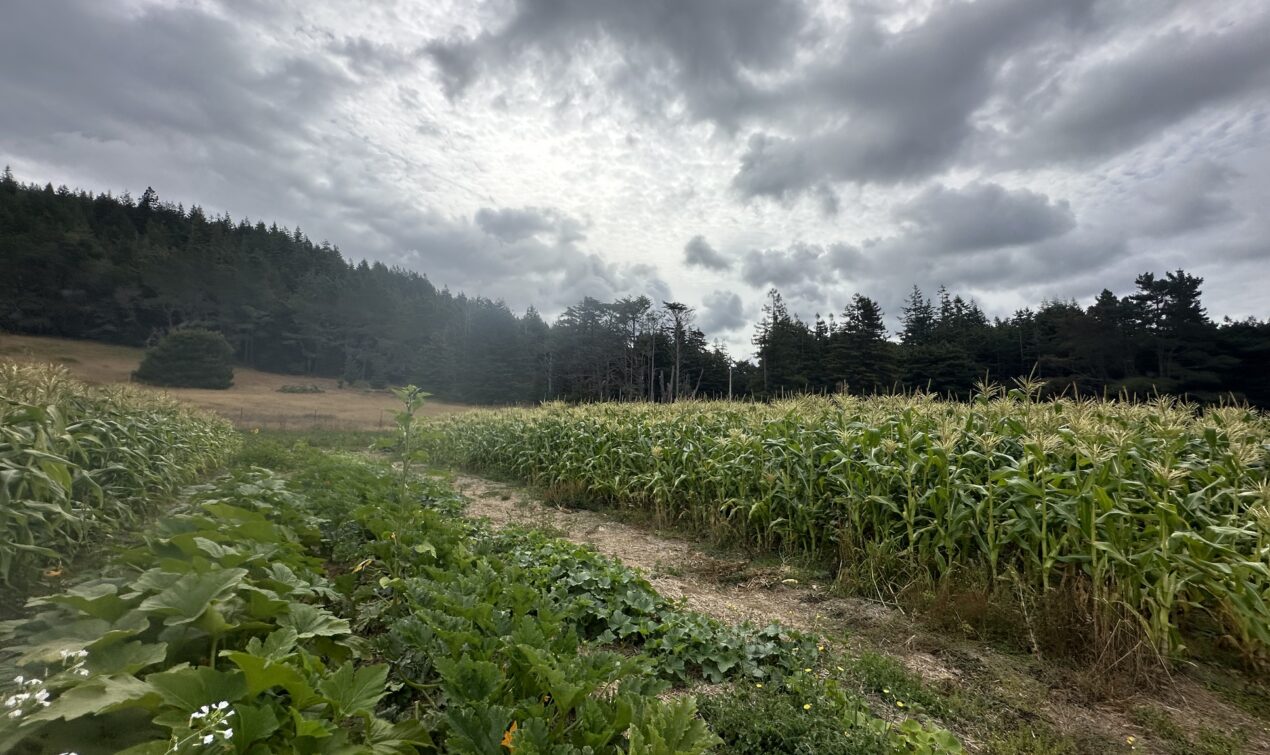
I had a very small budget (under $5,000), so my first steps included building a 2-acre deer fence, setting up water piping, and bringing in a load of organic compost. During the first season, I grew large quantities of dino kale and cilantro, selling them wholesale to a few larger grocery stores in neighboring towns. That year, I barely made enough to keep the farm afloat.
In the third year, I met my now-wife, Emma Hurley. Over time, she became increasingly involved, eventually making the farm her main occupation as well. Each year, we strive to improve upon the previous season, implementing new strategies to ensure the best and most sustainable practices.
We now focus entirely on direct-to-customer sales through our honor-system farm stand and the local farmer’s market. Our crop variety has expanded to include tomatoes, potatoes, sweet corn, lettuce, spinach, Swiss chard, kale, cabbage, cauliflower, broccoli, beets, carrots, green beans, zucchini, cucumbers, winter squash, pumpkins, various herbs, salad greens, and cut flowers.
Emma has taken the lead in flower production, making the farm more colorful each season. As we explore growing cut flowers and dahlia tubers, we’ve become aware of the harmful chemicals, environmental degradation, and unsustainable practices prevalent in the mainstream flower industry, which, surprisingly, exceed those in industrial food production.

Farming has always felt like a natural calling to me; it bridges the connection between the natural world and humanity. As an organic farmer and land steward, I see myself as more of a guide rather than a ruler. Seeds know how to sprout, but by creating the right conditions, we can help them thrive. Encouraging biodiversity and soil vitality is paramount because true abundance stems from healthy soil.
I draw inspiration from the earth and its natural rhythms. I love working outside each day, engaging with the land. Farming humbles me as I navigate the seasons, each bringing its own conditions, tasks, crops, emotions, and challenges. I witness—and help direct—a flow of energy that moves from the raw elements (earth, sun, air, and water) to life itself: soil, plants, and eventually, people. I continue farming because it feels like the most meaningful work I can do, offering a direct way to effect positive change in the world.
What sets Nature’s Tune Farm apart in terms of the organic products and services you provide?
Our Local Farm Stand offers fresh, seasonal produce to our community seven days a week from April through December. In our rural area, local grocers often struggle to maintain a consistent supply of fresh vegetables and fruits, typically offering wilted or mushy options. We’ve changed that by making fresh, organic produce available daily, rather than just once a week at the farmers’ market.
The Northern California coast is known for its cool and foggy summers, which can be challenging for growing warm-season crops. However, Nature’s Tune Farm is situated just a few miles inland, where the warmer microclimate allows us to successfully grow delicious corn, tomatoes, and stunning dahlias. These warm-season crops stand out at the farmers’ market, especially since many of our competitors are located in the cooler, foggy coastal areas.
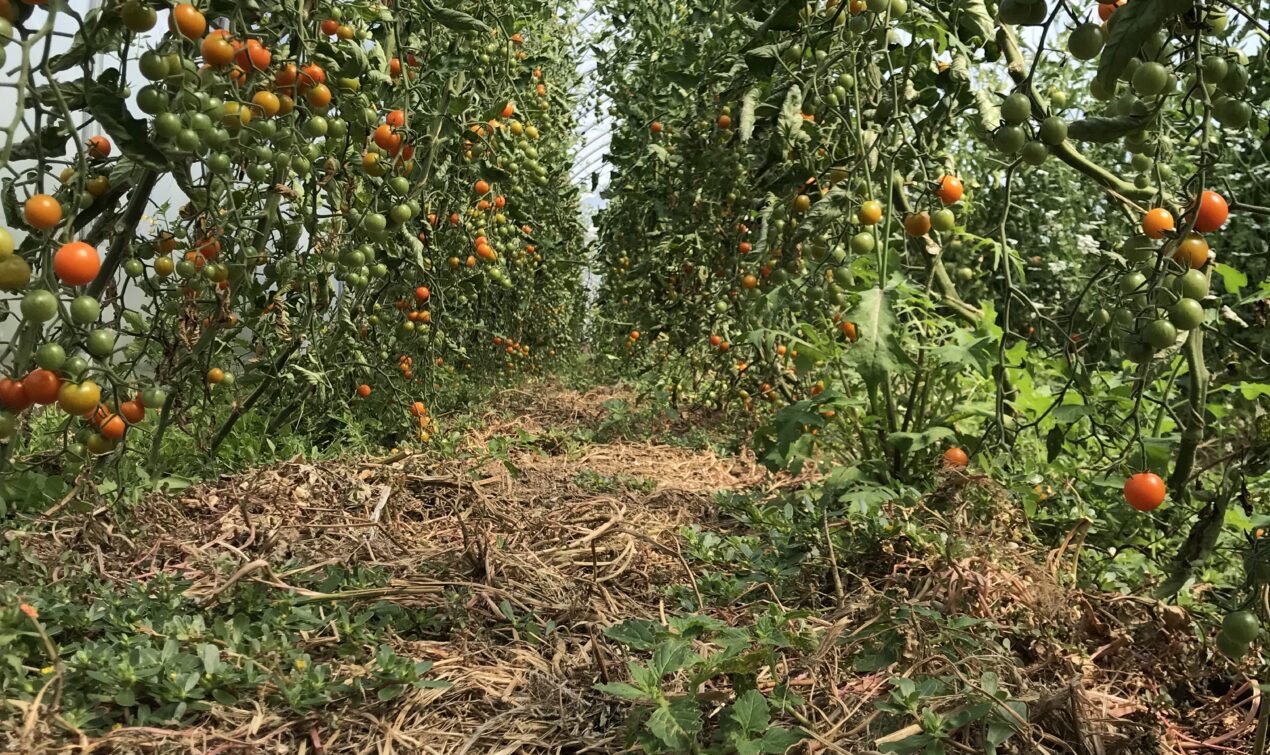
Emma has also expanded our farm’s offerings to include cut flower production, providing local florists with a sustainable, eco-friendly source for flowers used in weddings and other events. By picking and arranging mixed market bouquets, Emma has found an artistic outlet, and this has helped us grow our customer base at the market. We frequently receive feedback about how our flowers bring joy and hope to people.
Dahlias are particularly special because they not only produce beautiful blooms for our bouquets but also multiply their tubers each season. We have started to divide and sell these extra tubers, providing an ecological alternative for gardeners who prefer not to buy from large industrial producers.
How do you ensure that the produce you grow is genuinely organic and sustainably farmed?
We are certified by the Mendocino Renegade Program, a small, cooperatively run initiative. While it is not federally recognized as ‘organic,’ the standards and materials prescribed by Mendocino Renegade are among the strictest and most ecological available. For more information about the program, you can visit their website: Mendocino Renegade Program.
What challenges have you encountered in maintaining an organic farming operation, especially in your region?
Small-scale organic farming comes with many challenges—so many that it’s remarkable I’ve persisted. Some of the main obstacles we face include:
- Gophers
- Unpredictable weather and pest events
- High material costs
- Securing markets for our crops
- Balancing expenditures to match income
- Sourcing materials
- Crop failures
- Drought conditions
- Finding reliable employees
- Hard manual labor
- Physical pain and injuries
- Low income and financial insecurity
- Theft
- Accepting the ‘peasant’ status in society
- Competition at farmers’ markets
- Competition with stores that are part of a subsidized food system offering artificially low prices
- Low prices for produce (people often don’t want to pay much for vegetables)
And, did I mention gophers?
In our specific area, being in a rural location poses additional challenges, such as long distances to larger markets and high shipping costs for materials. Our local economy is small, limiting how much produce we can sell locally. This means I must be cautious not to overproduce any single crop, as there simply aren’t enough people here to buy it all.
Recently, the biggest challenges have been physical. At 38, a lifetime of manual labor is starting to take its toll, and overuse injuries are becoming more frequent. By the end of each farming season, it feels as if my joints are rusted metal. I worry that, at some point, I may have to consider a different occupation due to the physical strain.
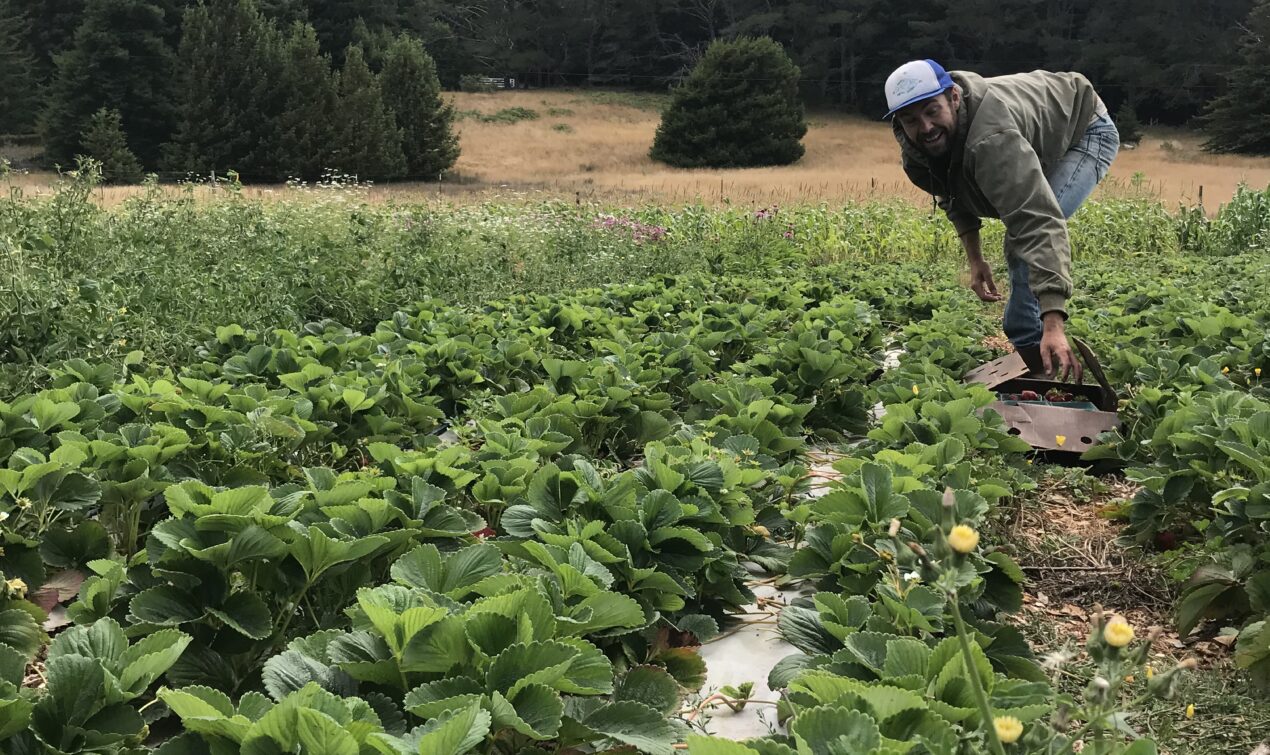
Who are your primary customers, and what kind of feedback do you typically receive from them?
Our primary customers are mostly locals and some tourists who visit our farmers’ market booth and farm stand. Many of our customers come back weekly, and we know them by name. As providers, we hold a central position in the community and are often stopped in town by people thanking us for our contributions. The appreciation and positive encouragement we receive from the community are some of the biggest rewards of our job.
Sustainability is a core value for organic farm. What key initiatives have you implemented to minimize your environmental impact?
At the start of each season, we guide the farm’s ecosystem to its next phase by using proper timing, cover crops, mulching, and compost application to transition the beds. This approach is gentler than plowing everything twice a year.
We are mindful of our water usage and aim to use as little as possible while still achieving a successful harvest. Some crops are entirely ‘dry farmed,’ which, for tomatoes, results in the sweetest fruit. Although we occasionally use a tractor, much of the work on our farm is done by hand, which is gentler on the land and uses minimal fossil fuels.
To improve the land’s productivity, we apply compost annually, balance soil pH using lime, implement irrigation systems, plant winter cover crops, and create homemade soil microbial teas. These practices have made the land very productive and have also supported diverse wildlife.
My son loves discovering the different types of frogs, snakes, and lizards under the leaves. Emma’s flowers attract a wide variety of bees, wasps, and butterflies, while dozens of bird species are drawn to the farm due to the abundance of insects. And of course, we also have an unusually large gopher population!
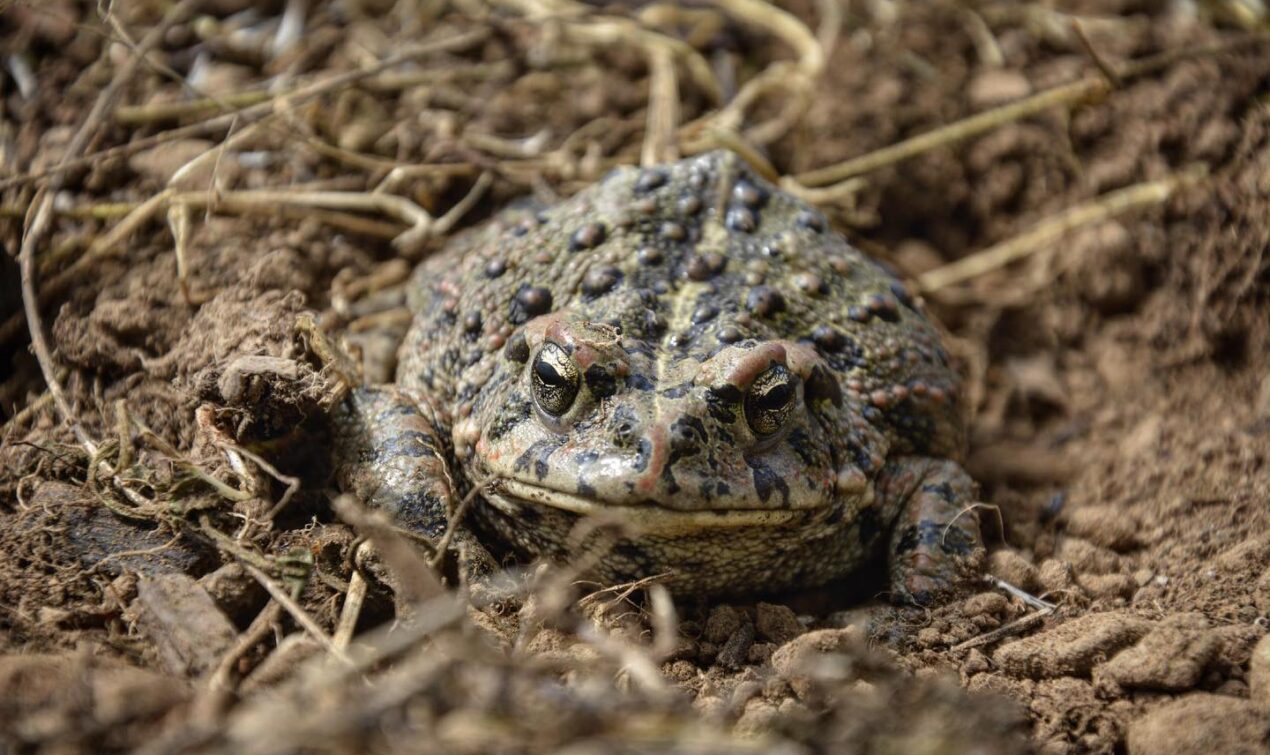
How do you balance supporting local ecosystems while offering a wide variety of organic products?
The field where we started our farm was previously degraded. The land had been logged, then converted to pasture, and overgrazed for decades. We began with a plot covered in stunted weeds and annual grasses that were lacking in nutrients and minerals. By late spring, these sparse plants would seed and dry up, leaving the field barren until the next rainy season. Everything we’ve done since then has been an improvement, both ecologically and economically.
Why is organic farming important to you personally, and what do you believe it means for the community?
The farm has provided a space where my entire family can participate and benefit from its abundance. My son, Reef (now 10), has had the privilege of growing up in a natural setting, where he observes the cycles of nature and learns about the local flora and fauna.
Emma has been able to start a business focused on cut flowers and dahlia tubers, while my mom helps us every weekend at our farmers’ market booth. Emma’s parents also get involved and assist whenever they can, so the farm has truly brought our family together.
The best part is that we all eat like royalty. During the farming season, we rarely go to the store because our home is always filled with fresh, incredible food. With an organic farm, a fisherman friend to trade with, and a love for cooking, we enjoy meals that rival the best restaurants—every day.
For the community, organic farming provides nourishment. The food we grow is far more vibrant and nutrient-dense than what’s available in stores. The local farmers’ market also supports the local economy and serves as a fun social event for everyone involved.
I just wish more people were interested in growing. While everyone enjoys eating, very few want to sow the seeds because they fear hard work. It shouldn’t fall on so few to provide food for so many.
How do you envision the future of organic farm and food distribution evolving in your area?
Our coast is rich in the essential elements needed for farming—land, soil, sun, water, and the abundance of the sea. Given these resources, it’s surprising how few farms are here and how basic our food distribution system remains. Almost all the food consumed locally is trucked in from outside the area. While there are a few larger ranches and dairies, they primarily focus on exporting their products. Our distance from populated areas is partly to blame, as markets and supplies are far away, leading to high transportation costs.
However, other factors also hinder local agronomy. These include high land costs, complicated and expensive permitting processes, the lack of financial security in farming, and the perception that farming is difficult and unprofitable.
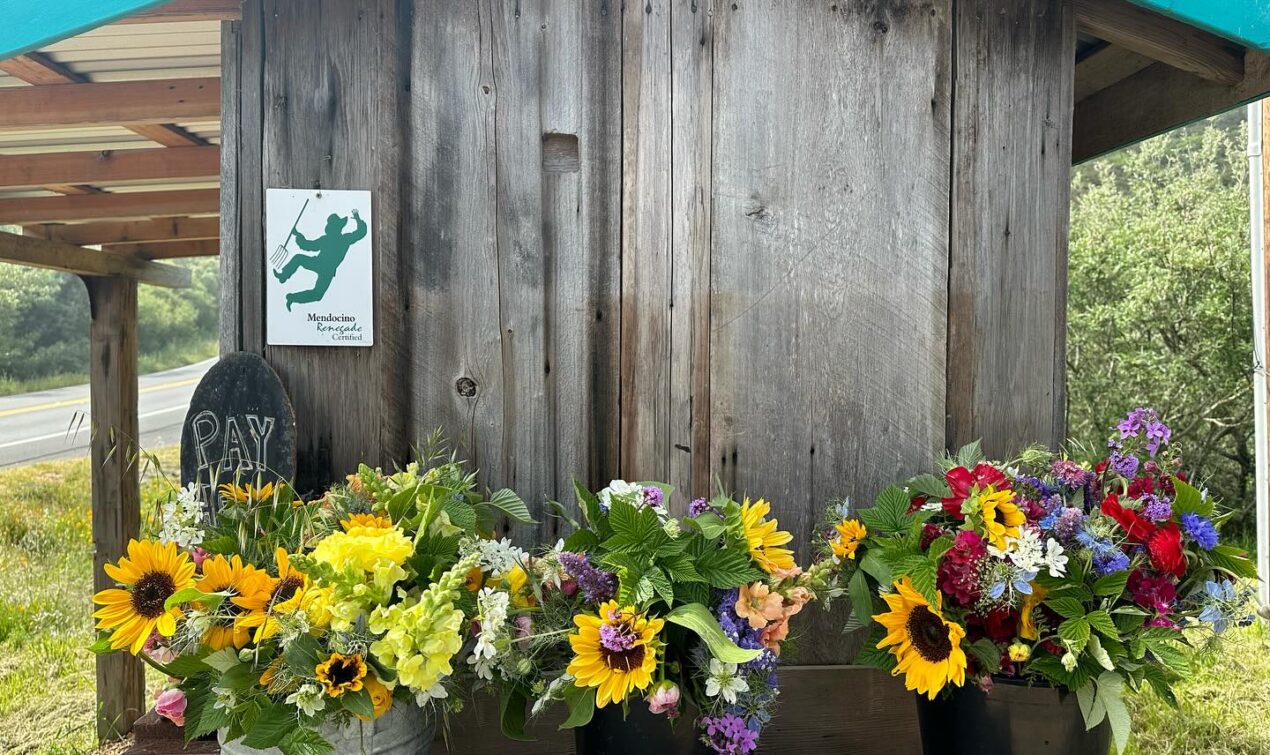
For our local food systems to grow, significant changes are needed both in society and government agricultural policies. Firstly, people need to embrace simpler, low-income lifestyles to support organic farming. Given the hard work and minimal economic return, it’s not a particularly attractive career from a capitalist perspective. The rewards for organic farmers are immense, but they lie in non-monetary aspects that are harder to quantify.
Additionally, government policies must shift to support small farms. Currently, only large industrial farms receive subsidies, which keeps food prices artificially low. This forces small farms like ours, without subsidies, to compete with these low prices.
If industrial farming were no longer subsidized, buying from local producers would be more affordable. We need a shift where financial incentives and subsidies are offered to small farms, making it a viable opportunity for individuals or families to start small farming ventures.
What message would you like to convey to individuals considering a switch to organic food or looking to support your farm?
Buying organic is the first step. It certifies that food has been grown following principles and using materials that ensure it is free of toxic chemicals while promoting soil and ecological conservation. However, a further step, if possible, is to buy from small-scale local farms. These farmers can be trusted to provide healthy products grown with care for the environment and local ecosystems.
The best thing an individual can do is plant their own garden and experience the benefits of working with the earth firsthand. Unfortunately, the social and environmental challenges we face cannot be fully addressed by simply choosing organic options at the grocery store while maintaining a synthetic lifestyle.
As individuals and communities, we must reconnect with natural cycles and practice sustainable land management. The relationship is reciprocal—when we work to nourish the earth, it returns the favor. This is where the true power lies, as it allows us to make meaningful, positive change.
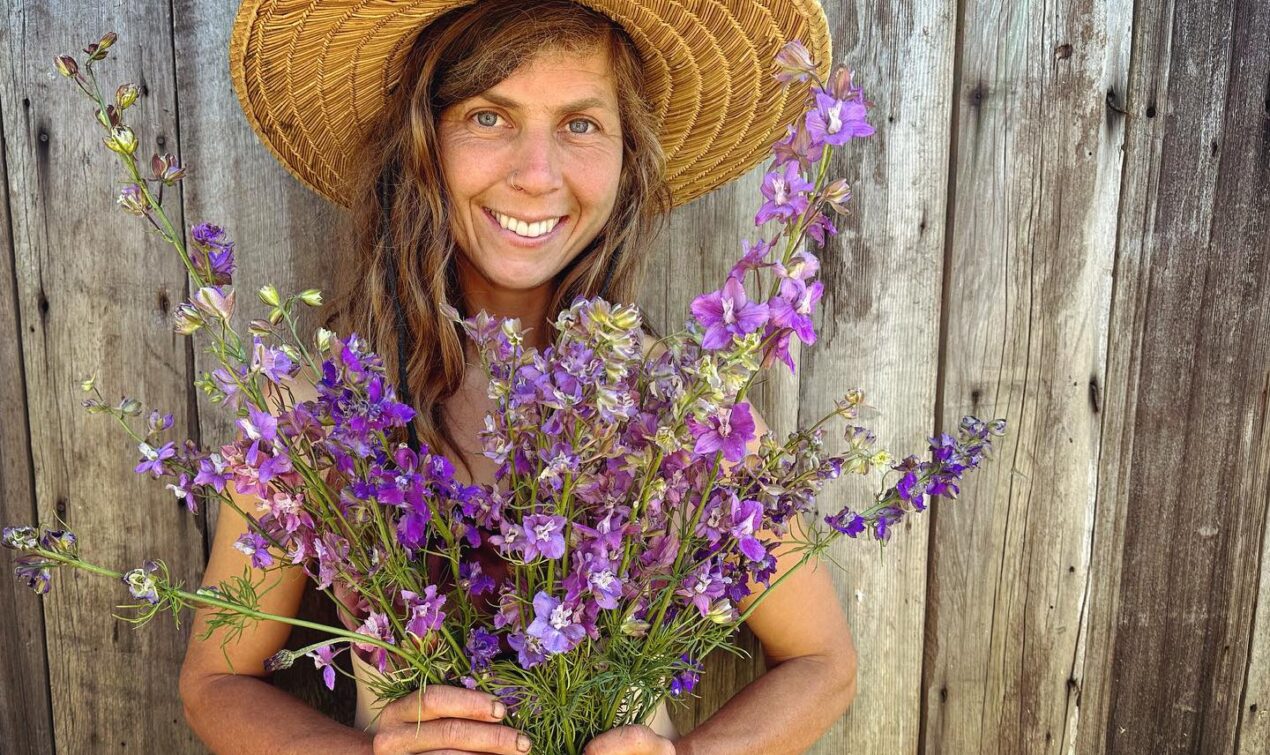
Thank You, Rio and Emma!
We want to extend our heartfelt thanks to Rio Patton and Emma Hurley of Nature’s Tune Farm for taking the time to share their story and insights.
We encourage our readers to follow their journey and support their work by visiting their social media profiles and website:
- Instagram: Nature’s Tune Farm
- Instagram for flowers: Tangled Petal
- Website: Nature’s Tune Farm
Stay connected to learn more about their inspiring efforts in sustainable and organic farm!



